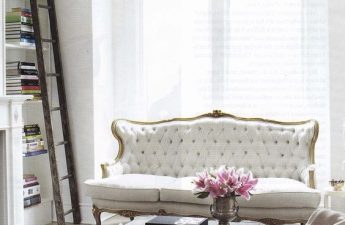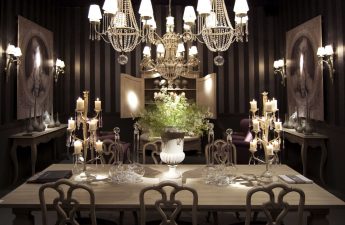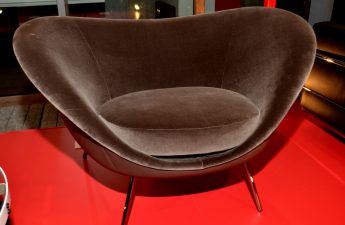Want to really experience Scandinaviandesign and learn about interesting new products in this area? Then we suggest going to the Swedish capital, to one of the most significant exhibitions — Stockholm Furniture Fair. Scandinavian design is functionality, simplicity, elegance of solutions, clean lines, absence of excessive decor and pomp, and the highest quality of workmanship. In order to truly feel it and see it in its pure form, you need to go to the annual Stockholm Furniture Fair, which has been held for over 60 years. Together with Elena Sereda, a famous Moscow decorator and teacher at the School of Business and Design, we have prepared for you, dear readers, a report on the most interesting new products and trends in Scandinavian design that we managed to track at the exhibition. Let's get to know them better and see how all this can be applied in your interior. Elena Sereda, decorator, teacher: — Scandinavian design items never subjugate people, they serve them. You will not find there ostentatious wealth and "beauty" that is supposed to amaze everyone, neither in the exhibits, nor in the design of the stands. You will not find at the exhibition either provocation or outrageousness, but this does not mean that there is nothing to look at. Like Milan, Stockholm is a platform for interesting experiments and searches; only in order to understand this, you need to look at things, their units, details, connections and technical solutions - and generally look at everything with a slightly different view, not Moscow's. In Stockholm, as everywhere, there are lovers of the classics, and the companies that produce them are also represented, but the bulk of visitors still crowd around the stands of modern design, because this is design that produces, not reproduces.
1. Botany
Why not let nature into your home?This is exactly what the Scandinavians are very clearly hinting at, judging by the exhibits presented at the exhibition. The theme of the garden, rich green color and plant prints will be very relevant in your interior, especially when it is almost spring outside. With their presence, they will make the space fresher, lighter and even a little playful. Note how luxurious the deep green shades look paired with brass, gold details and copper. You can also opt for delicate pastel colors to soften the palette a little.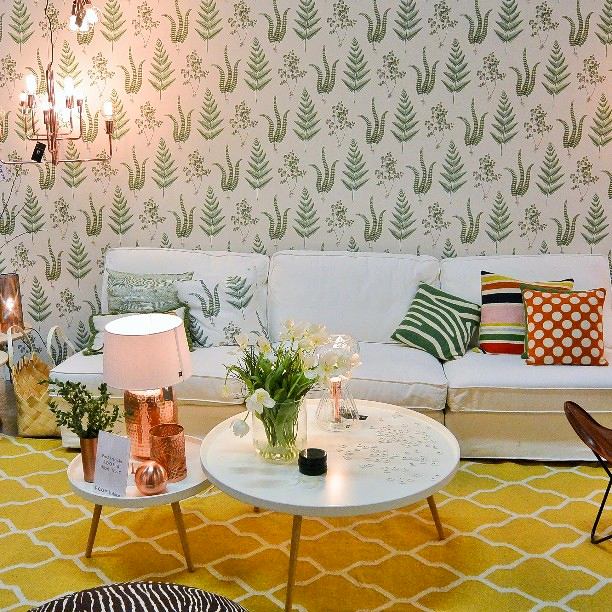


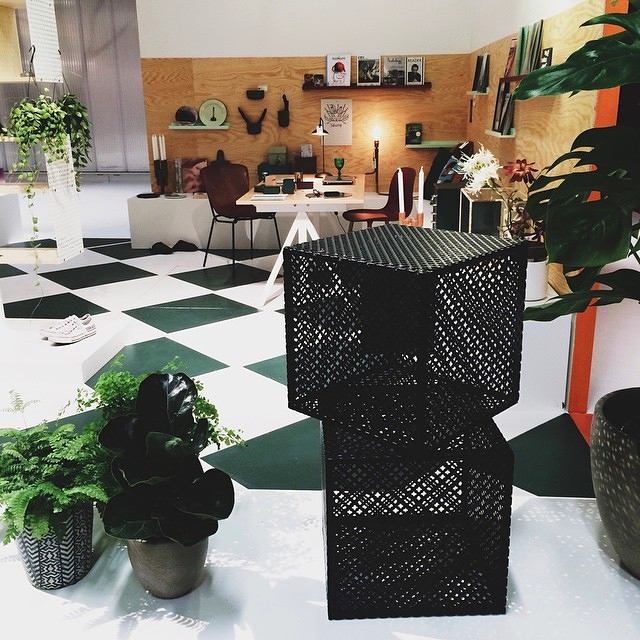
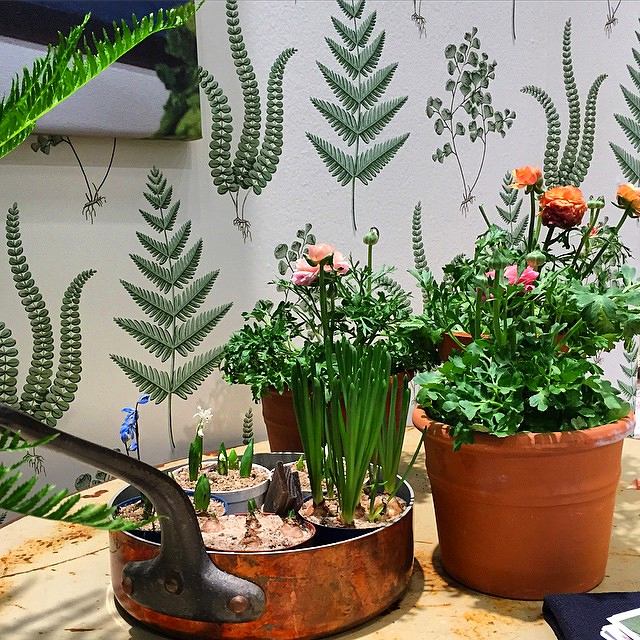
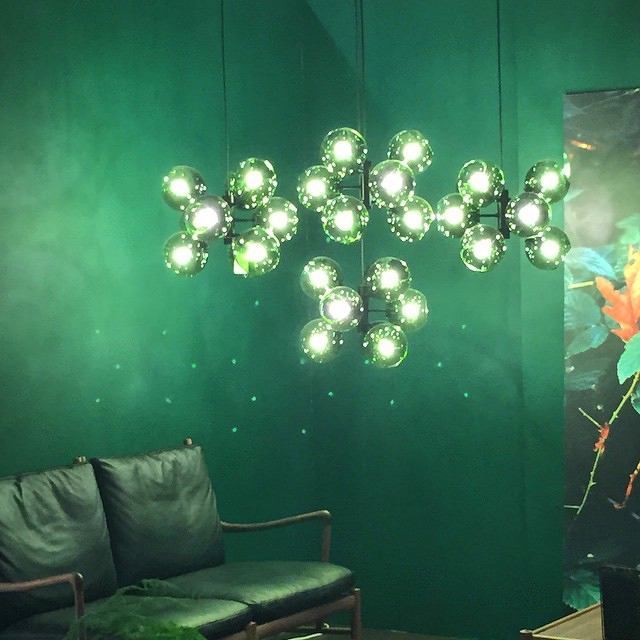
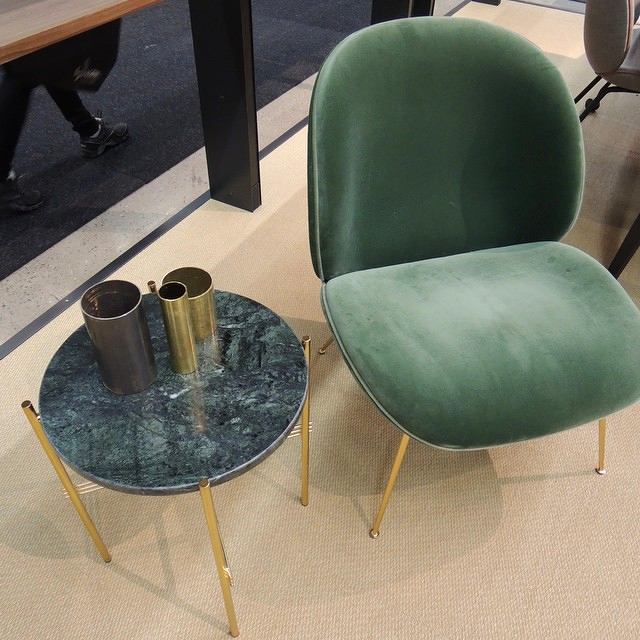
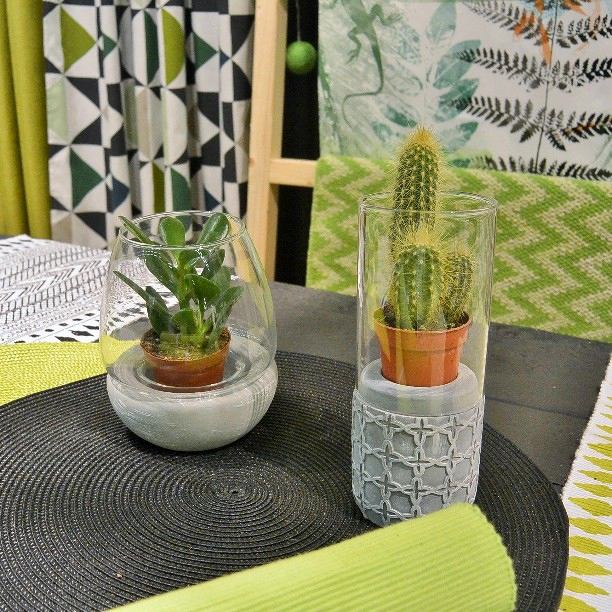
2. More red!
This year's color was declared noble.Burgundy shade, so it is not surprising that it is now everywhere. Scandinavian design has moved away from monotony a little, so the exhibition featured many bright colors, including various shades of red. Furniture or several red lamps will look great on a calm white background. You will not go wrong at all if you add at least small inclusions of this fashionable color or shades close to it to your interior. Elena Sereda, decorator, teacher: - Red was already the "king" at the last Milan salon, but it was paired with gold, but the Scandinavians remained true to themselves - there is almost no gold, everything is modest, but there are exactly those combinations of colors that dominated in the fifties and sixties - the heyday of Scandinavian design. And the patterns of carpets and fabrics are largely from that period. So, in general, it looked very cheerful and organic.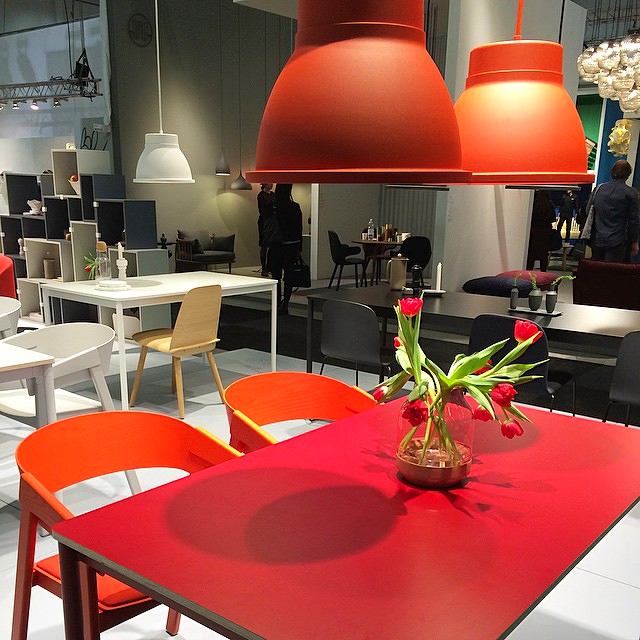
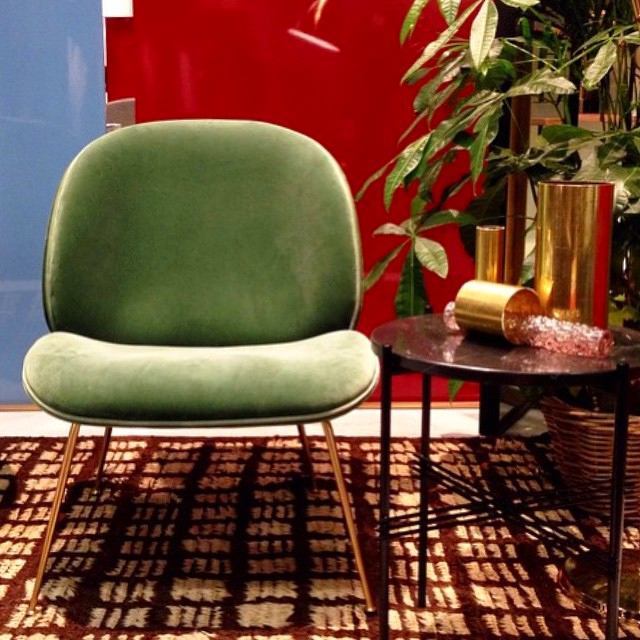
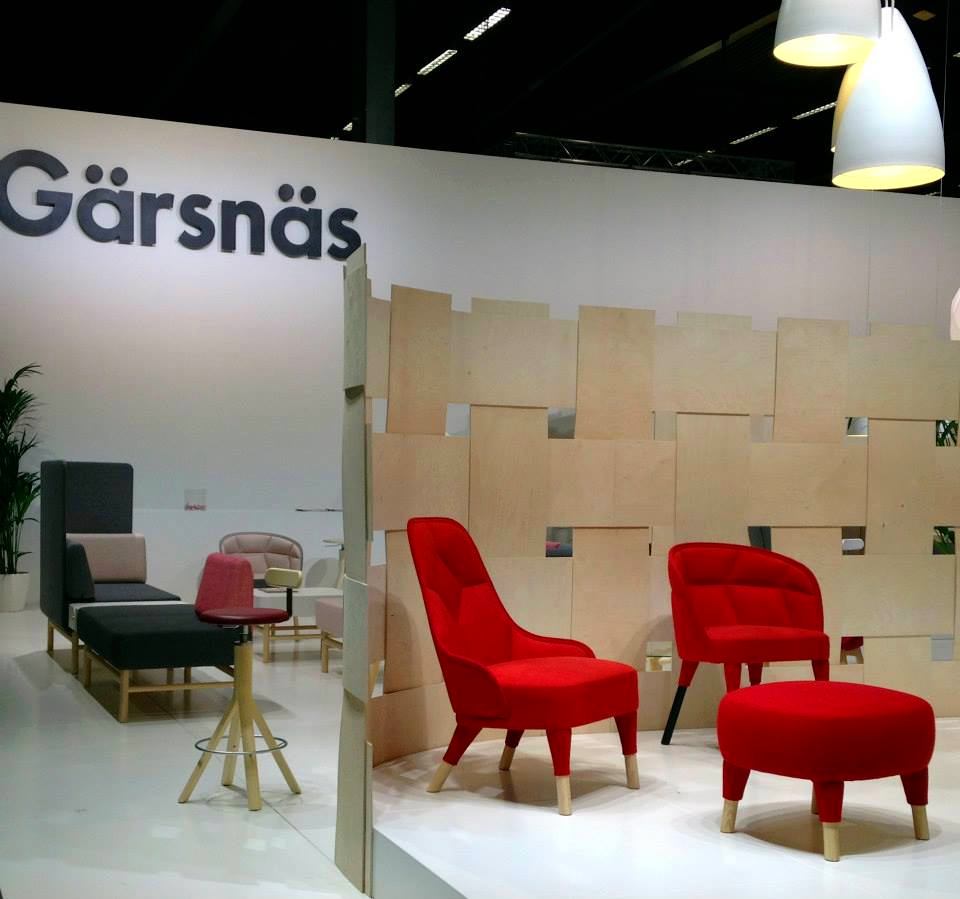
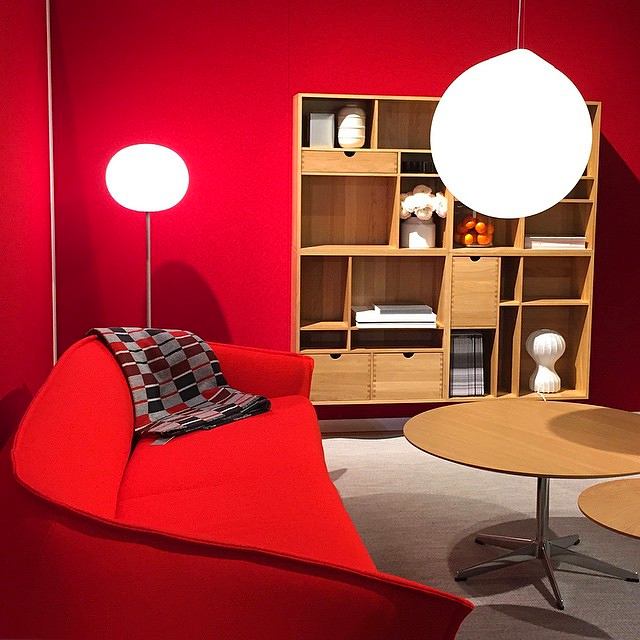
3. Warm color scheme
The main color combinations this year werewarm spectrum colors located in the color wheel in the neighborhood, for example, crimson-red-orange, red-orange-yellow. Of course, there were fabrics and stands in a cold color scheme, but there were many more warm colors. Note that contrasting combinations faded into the background. So if you are close to Scandinavian design, try to combine neighboring colors that would complement each other. Elena Sereda, decorator, teacher: - There was also quite a lot of pink, like red. In combination with orange, it completely loses its glamorous meaning. And in general, if there is a color, then it is bright, cheerful, almost primary. Indistinct dusty, gray-greenish, beige and purple are a thing of the past, so everything looks very dynamic and bold, but not flashy, since color is just vitamin drops on a white or gray background.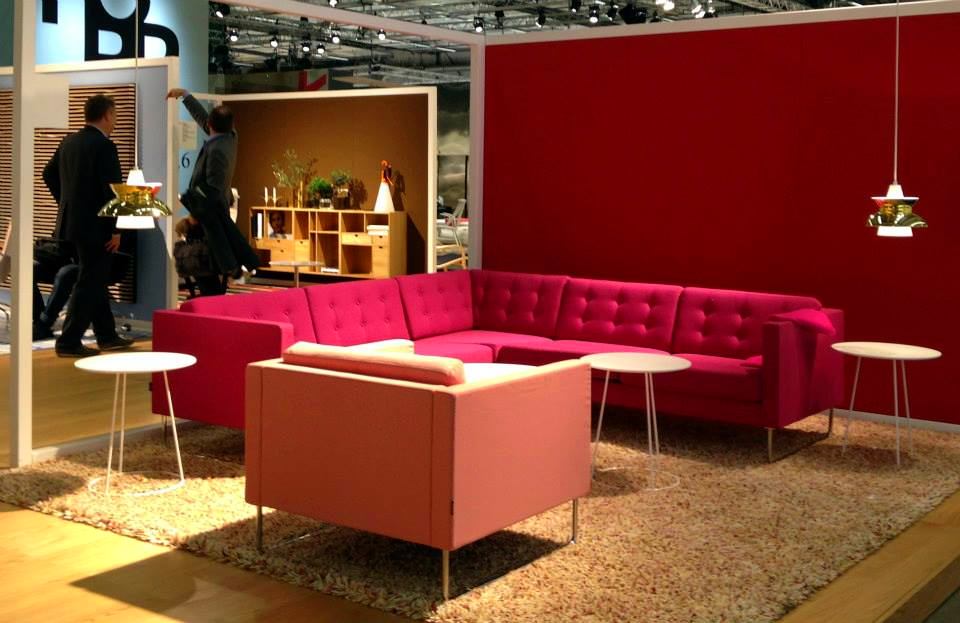


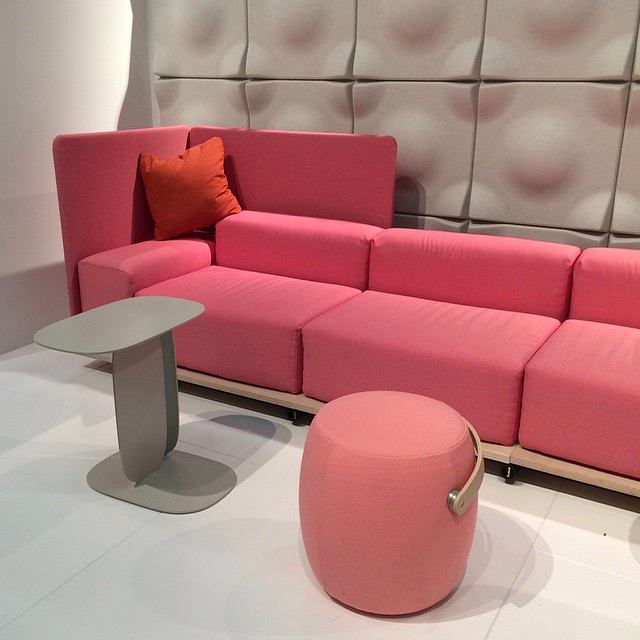
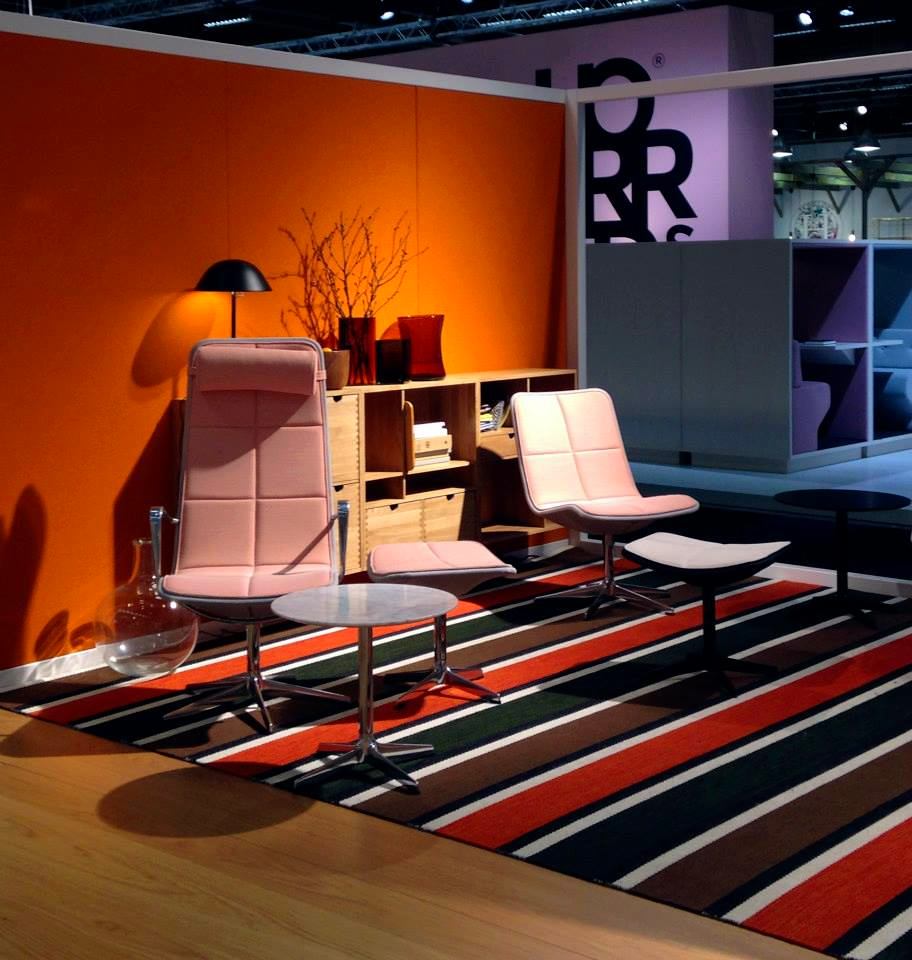
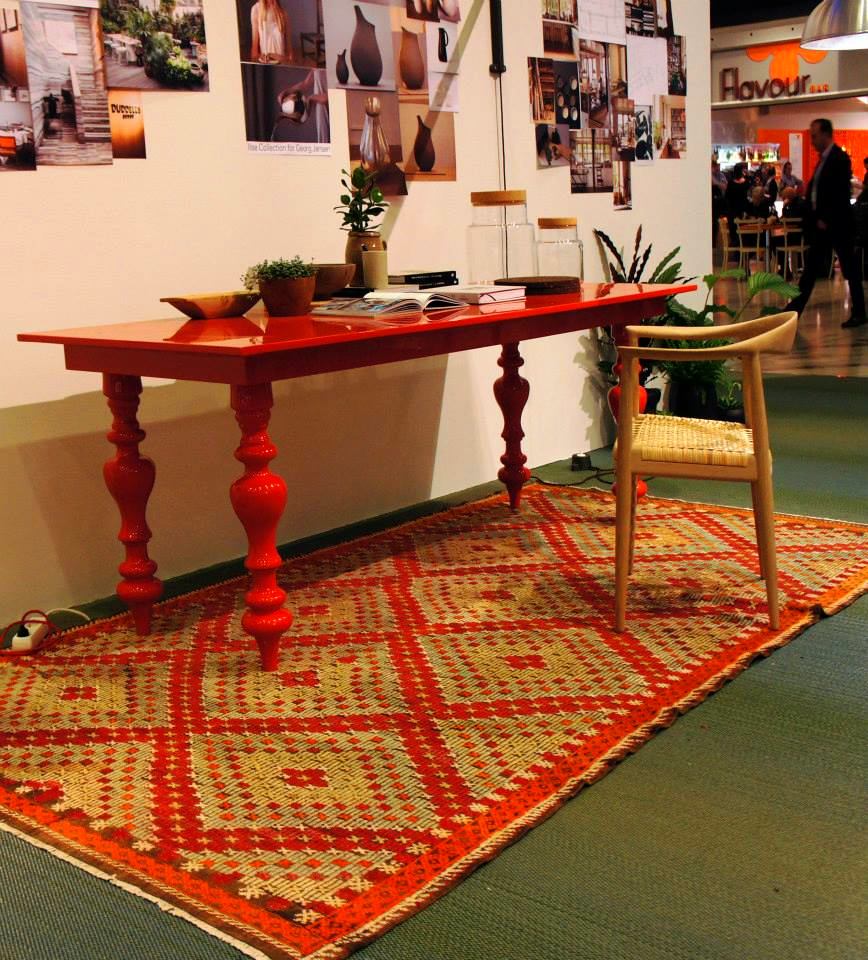
4. Incandescent lamps
We have already written more than once about how much it is nowpopular, and in Scandinavian interiors such decoration is used even more than in any other style. The exhibition presented a huge number of stylish lamps, which for the most part were incandescent lamps known to us, and in a variety of interpretations. Our opinion: - Even if your apartment is not decorated in a Scandinavian style, such simple, but at the same time effective lighting fixtures can fit quite harmoniously into the living space. How about two or three pendant lamps in the kitchen above the work area? Or a chandelier in the living room, which will be collected in one bundle of several bulbs on cords? Original and tasteful!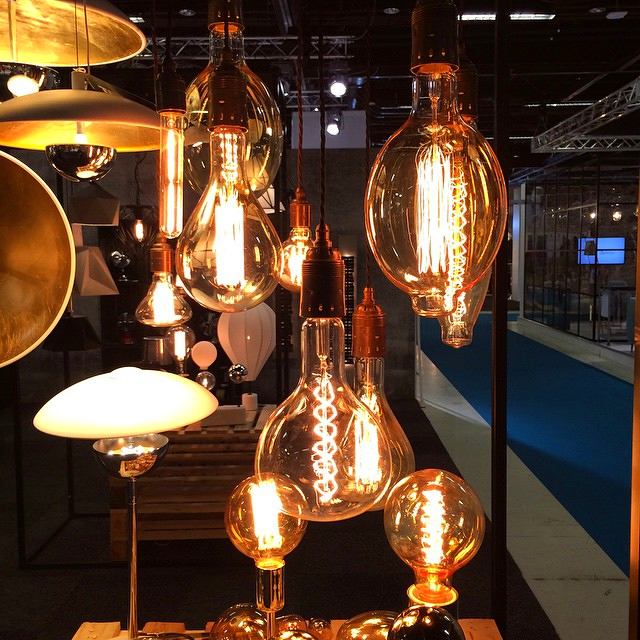
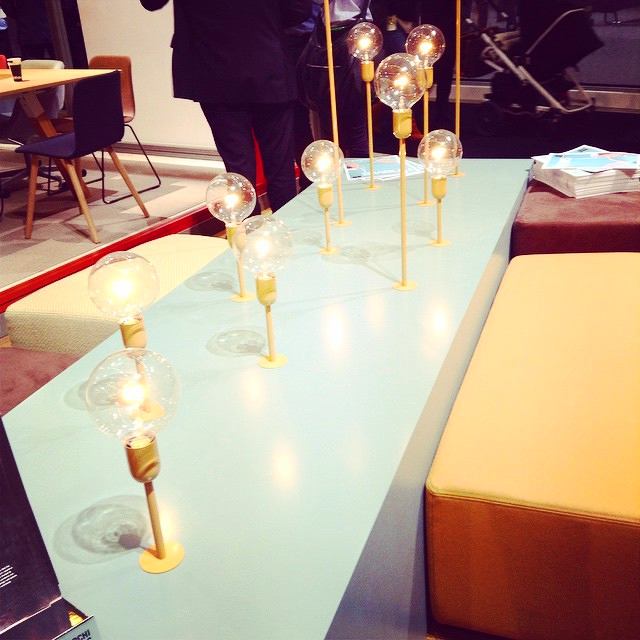
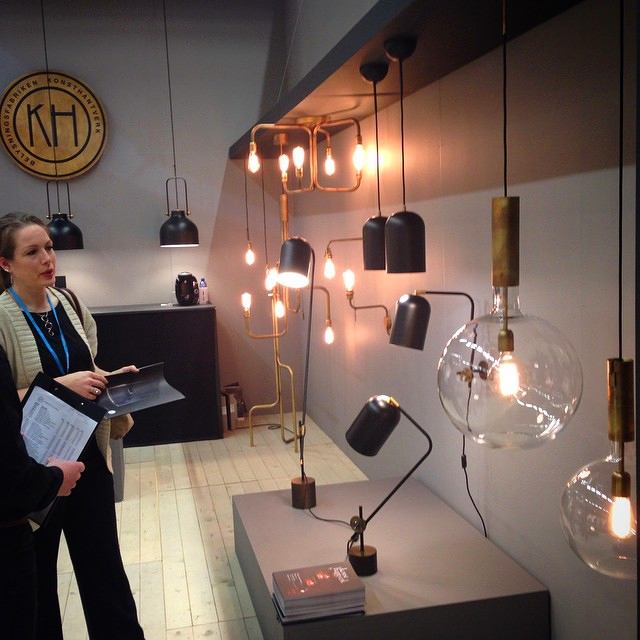
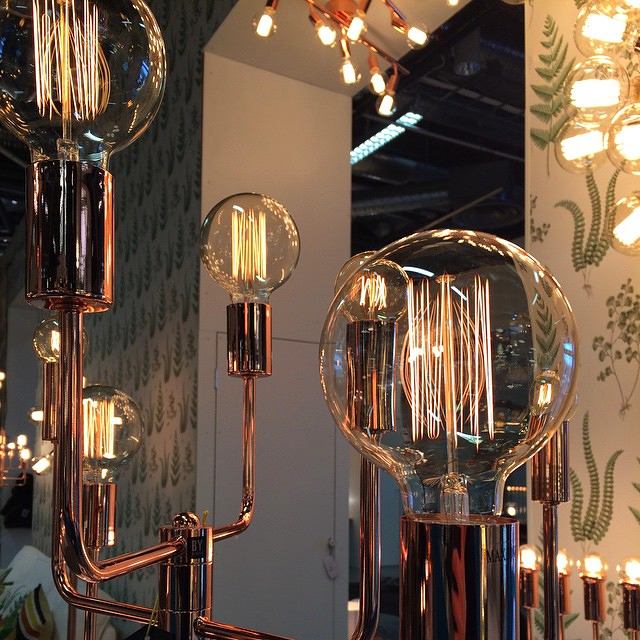
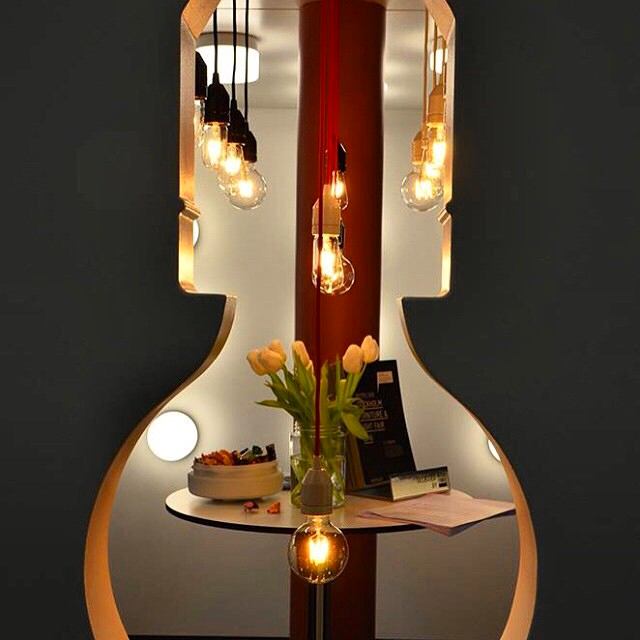


5. All shades of gray
The color basis of the Scandinavian style is considered to beclassic and always relevant pair white + black, but we noticed that there were a lot of gray shades at the exhibition: from barely perceptible to rich charcoal. In general, gray can hardly be called a color, these are transitional shades from white to black, so we can say that the Scandinavians remained loyal to their "favorites". By the way, gray belongs to , do not underestimate it. Our opinion: - Many designers agree that gray is the easiest color to work with: it can smooth out existing flaws in a room, balance not quite successful color combinations, and harmoniously fit into any style. And in general, gray is an ideal background color. You can use it in your home as a base or as an addition to balance the color scheme (for example, a too bright sofa can be "muffled" with several gray pillows).
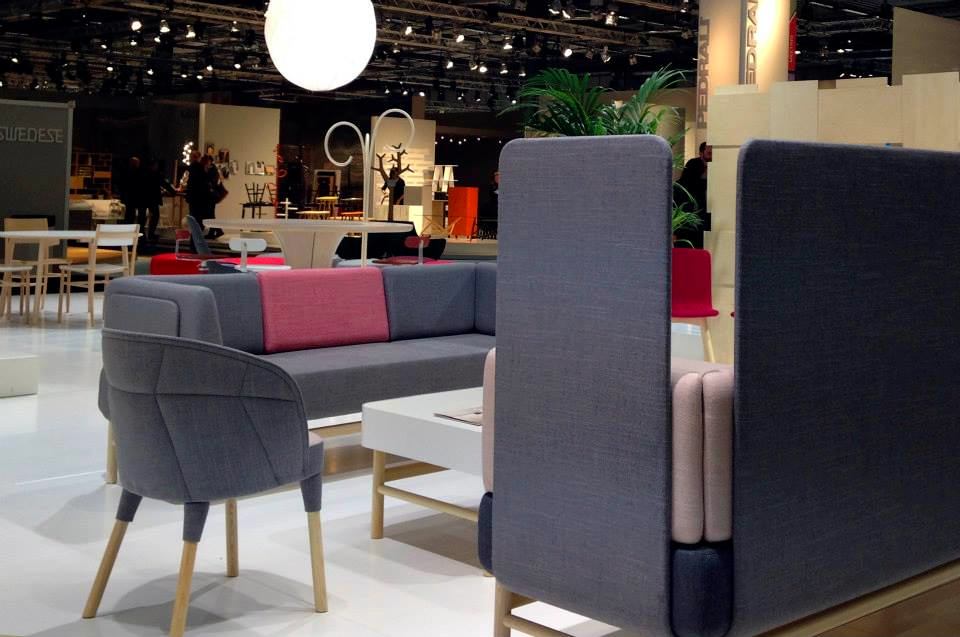
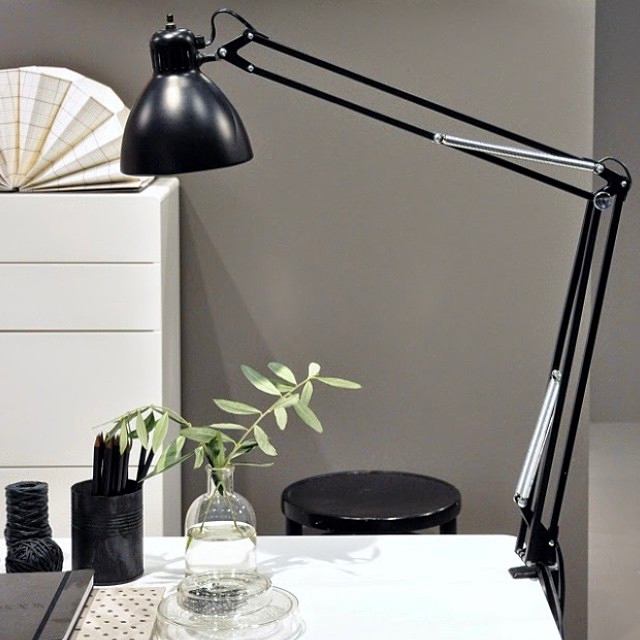
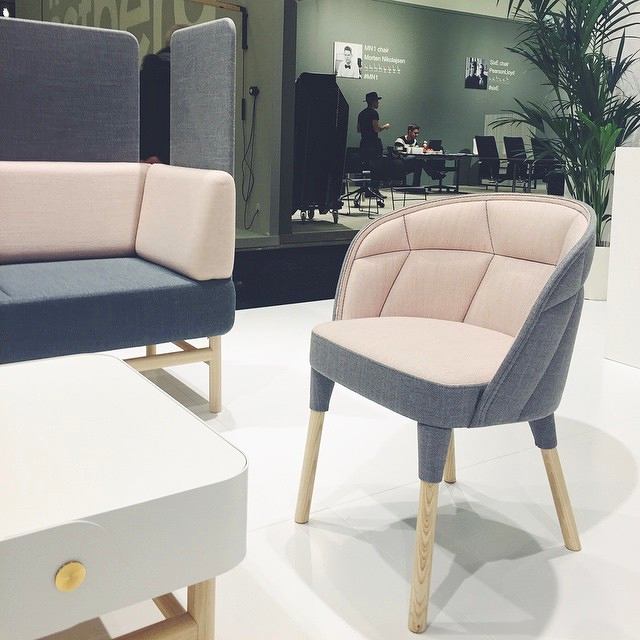

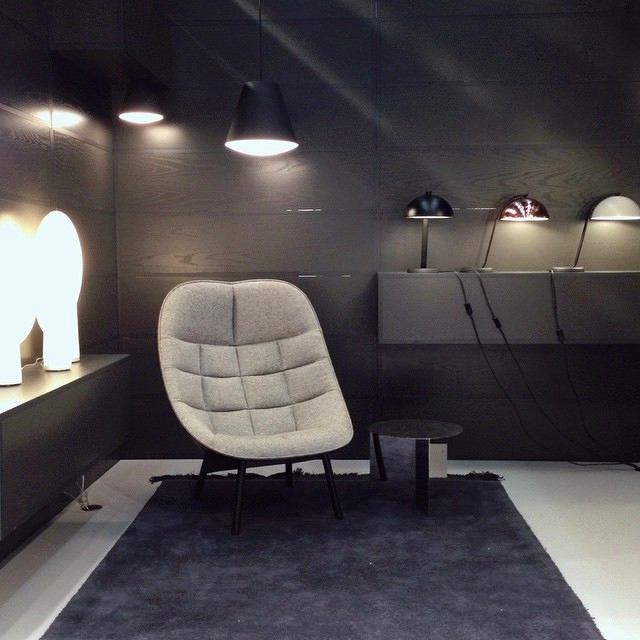
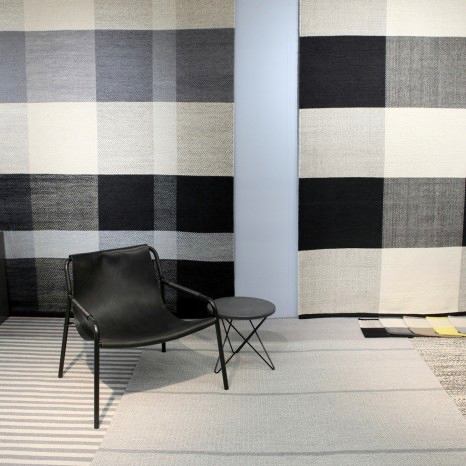

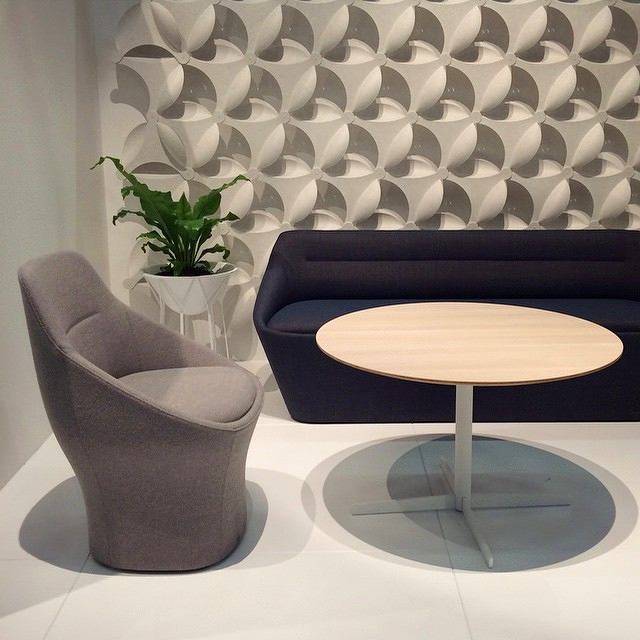
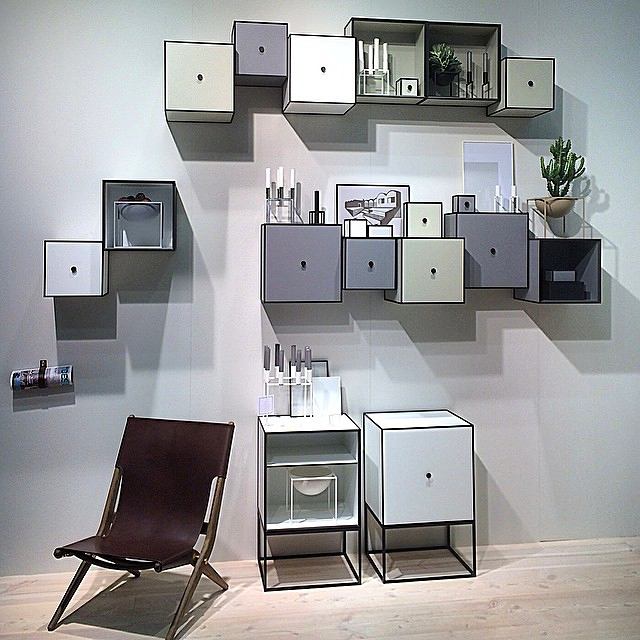
6. Functional workplace
The attitude of Scandinavians towards workers is strikingplaces, they try to do everything to make work truly a joy. Everything is also taken into account: the mobility of furniture, the transformability of spaces, the variability of the use of furnishings, the need for short-term privacy to solve some problems, psychological problems of communication and work, the need to express one's individuality.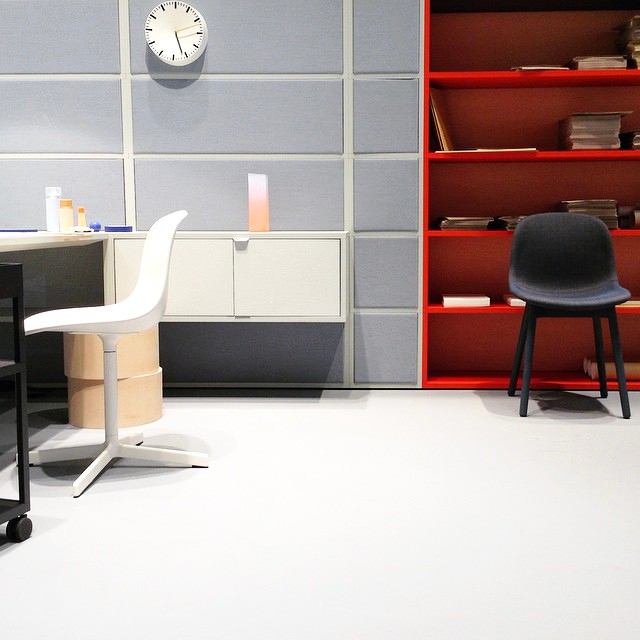
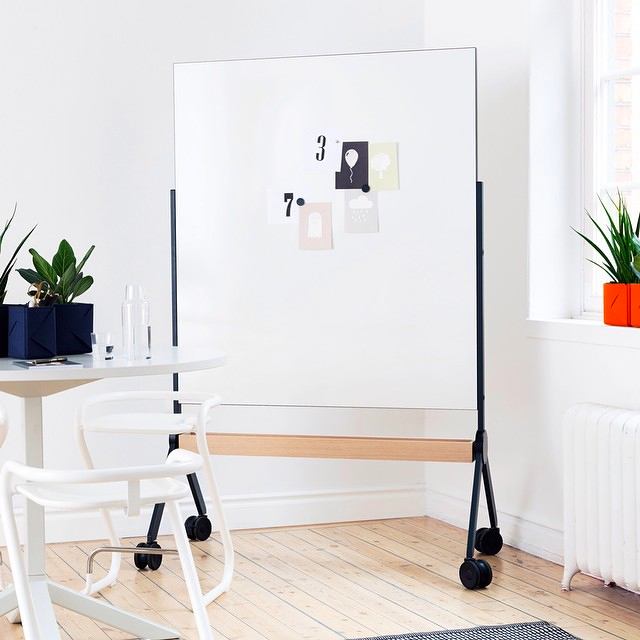

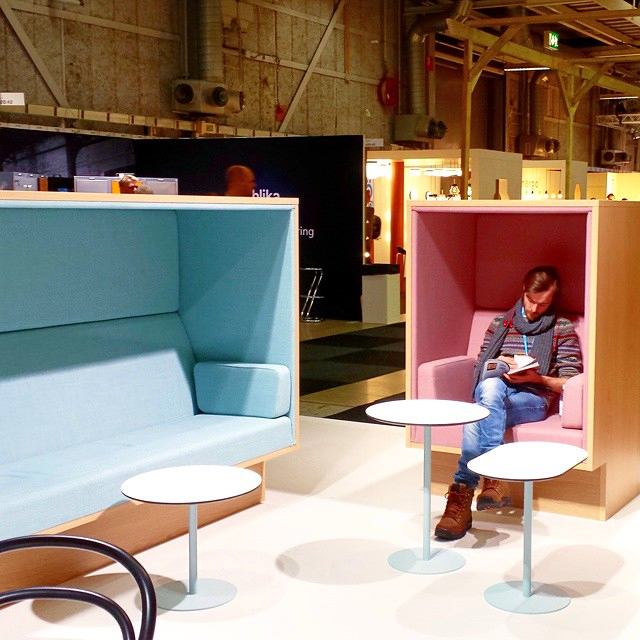
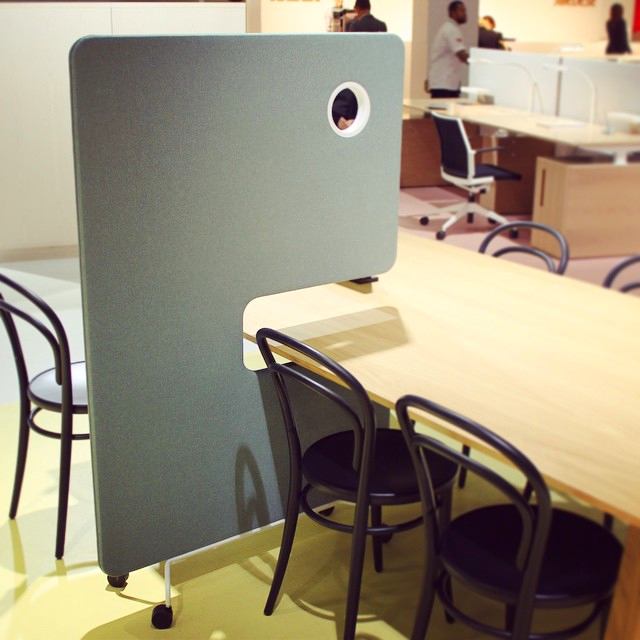
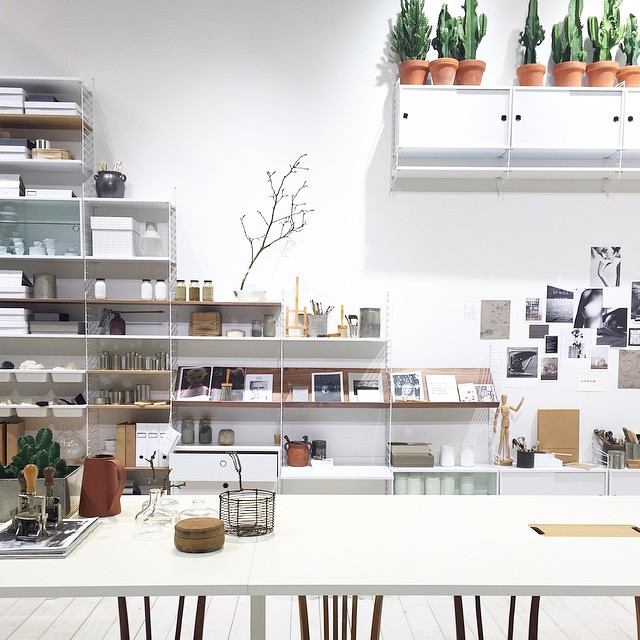 Elena Sereda, decorator, teacher:— In my opinion, Scandinavian design is experiencing a period of growth after several decades in the shadow of Italian design. Italians invite Scandinavians to work, and they themselves work for Scandinavian firms — for example, Luca Nichetto, who opened an office in Stockholm. And, of course, we must mention the Italian-Scandinavian duo that was the star of the exhibition last year — Gamfratesi. This year they were replaced by Ilse Crawford, an Englishwoman, one of the few who 100% fits the Scandinavian concept of purity and simplicity. instagram.com, fairview-blog.com, Elena Sereda
Elena Sereda, decorator, teacher:— In my opinion, Scandinavian design is experiencing a period of growth after several decades in the shadow of Italian design. Italians invite Scandinavians to work, and they themselves work for Scandinavian firms — for example, Luca Nichetto, who opened an office in Stockholm. And, of course, we must mention the Italian-Scandinavian duo that was the star of the exhibition last year — Gamfratesi. This year they were replaced by Ilse Crawford, an Englishwoman, one of the few who 100% fits the Scandinavian concept of purity and simplicity. instagram.com, fairview-blog.com, Elena Sereda
